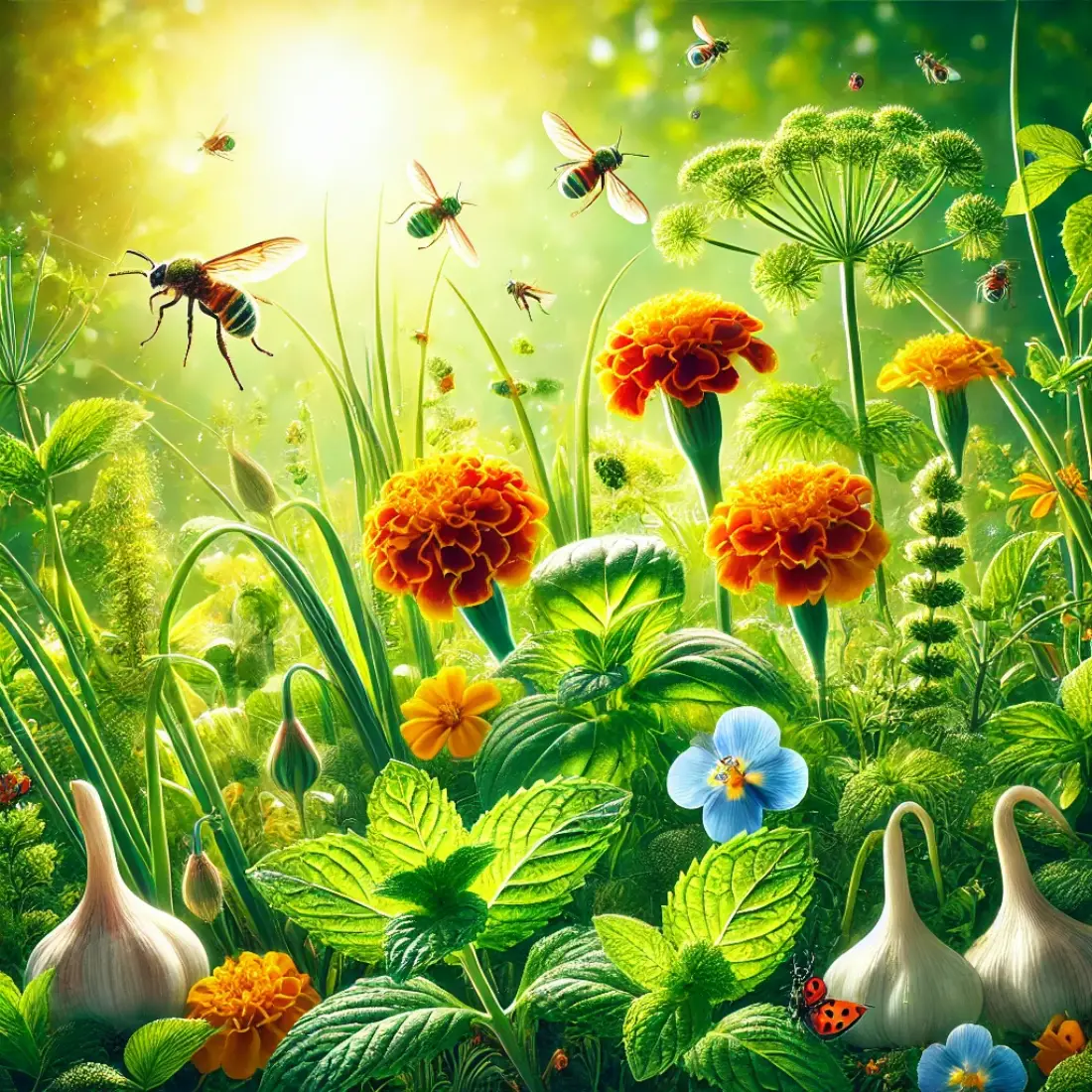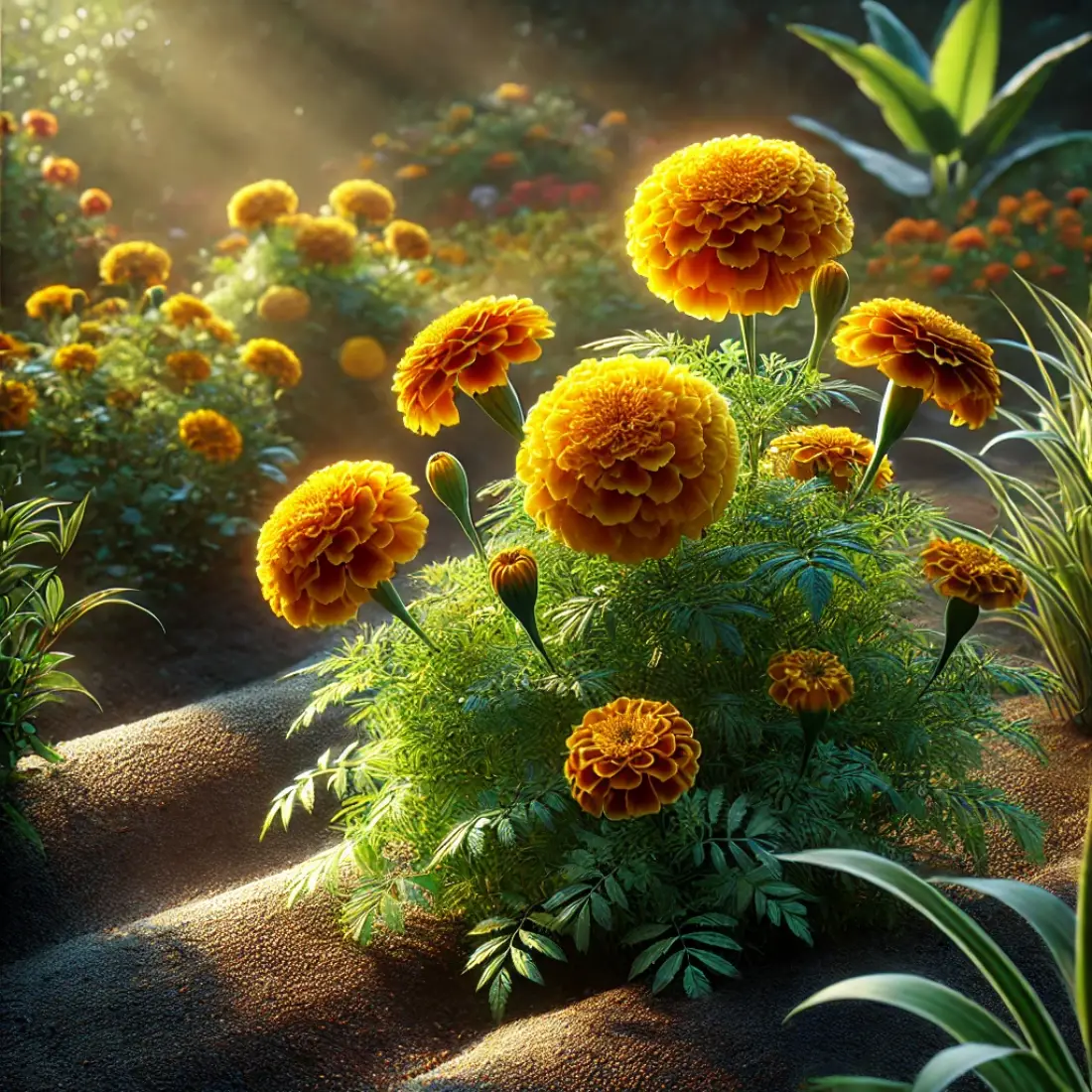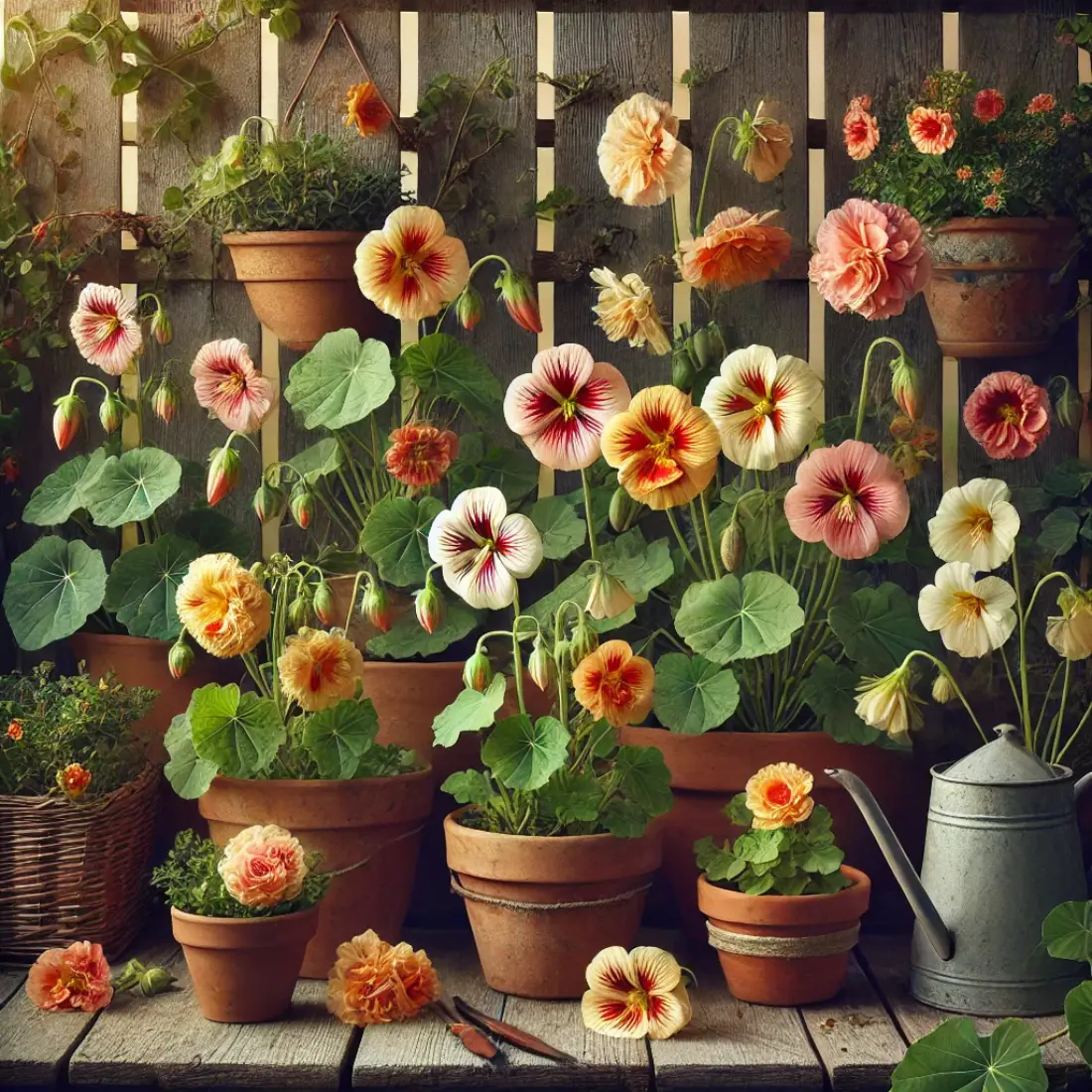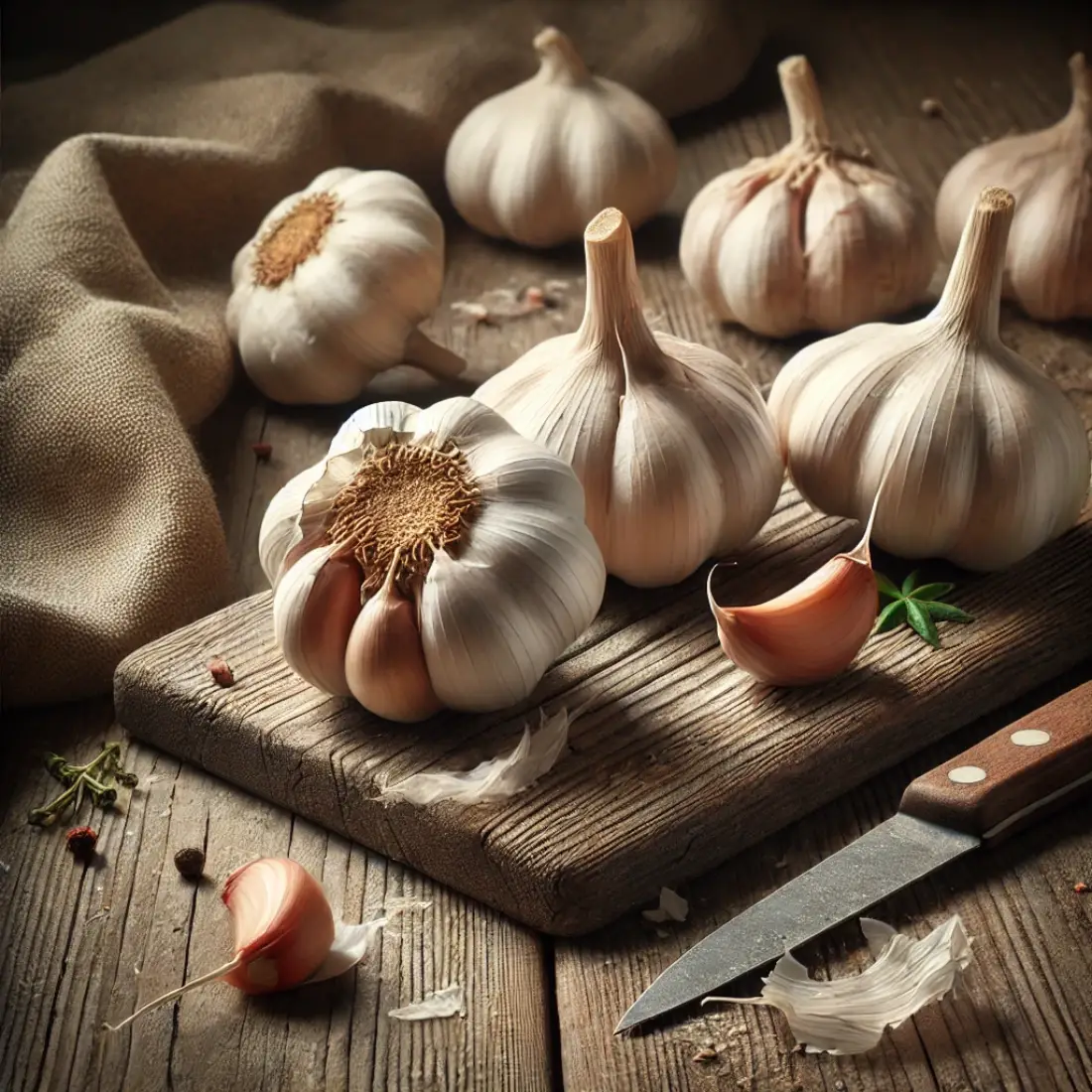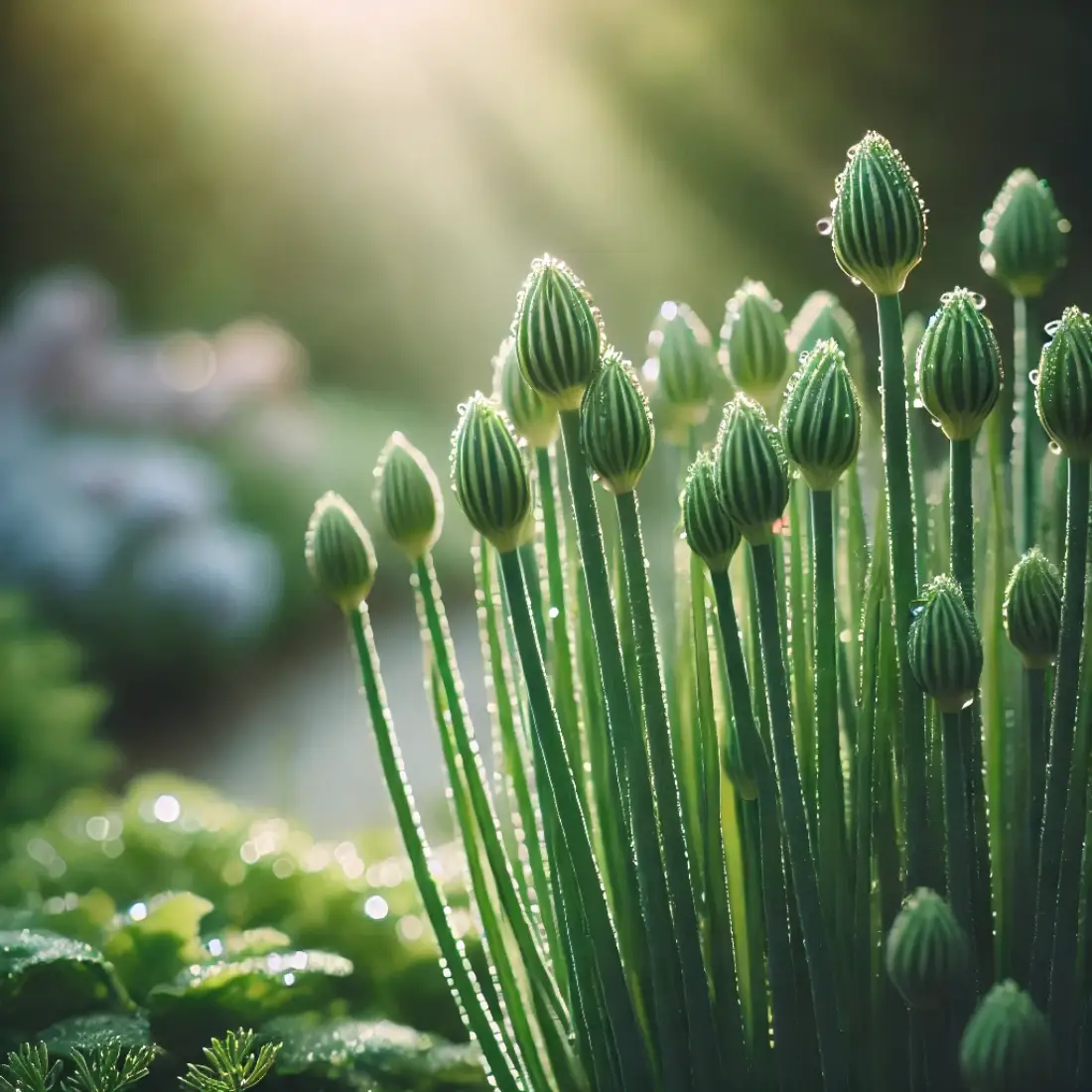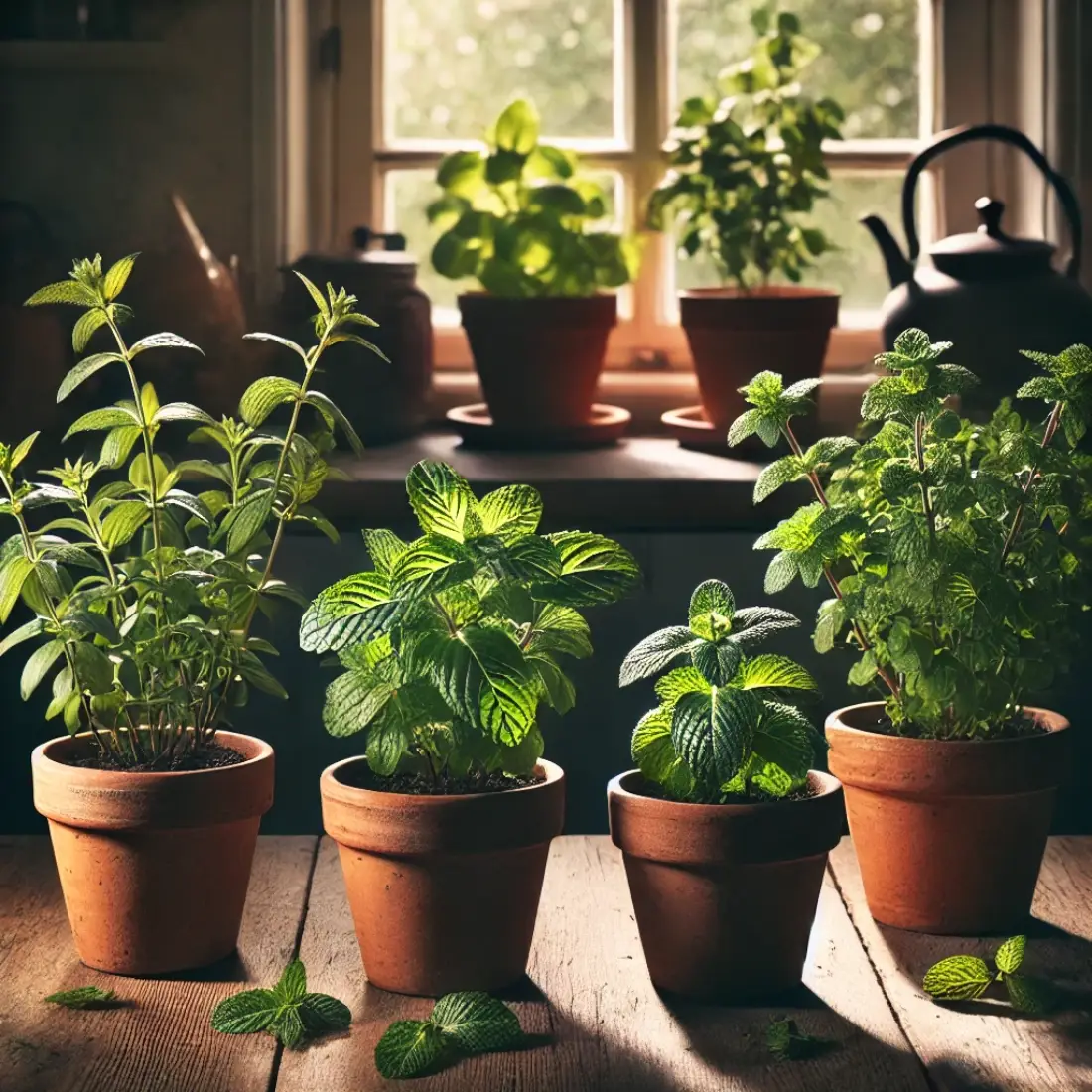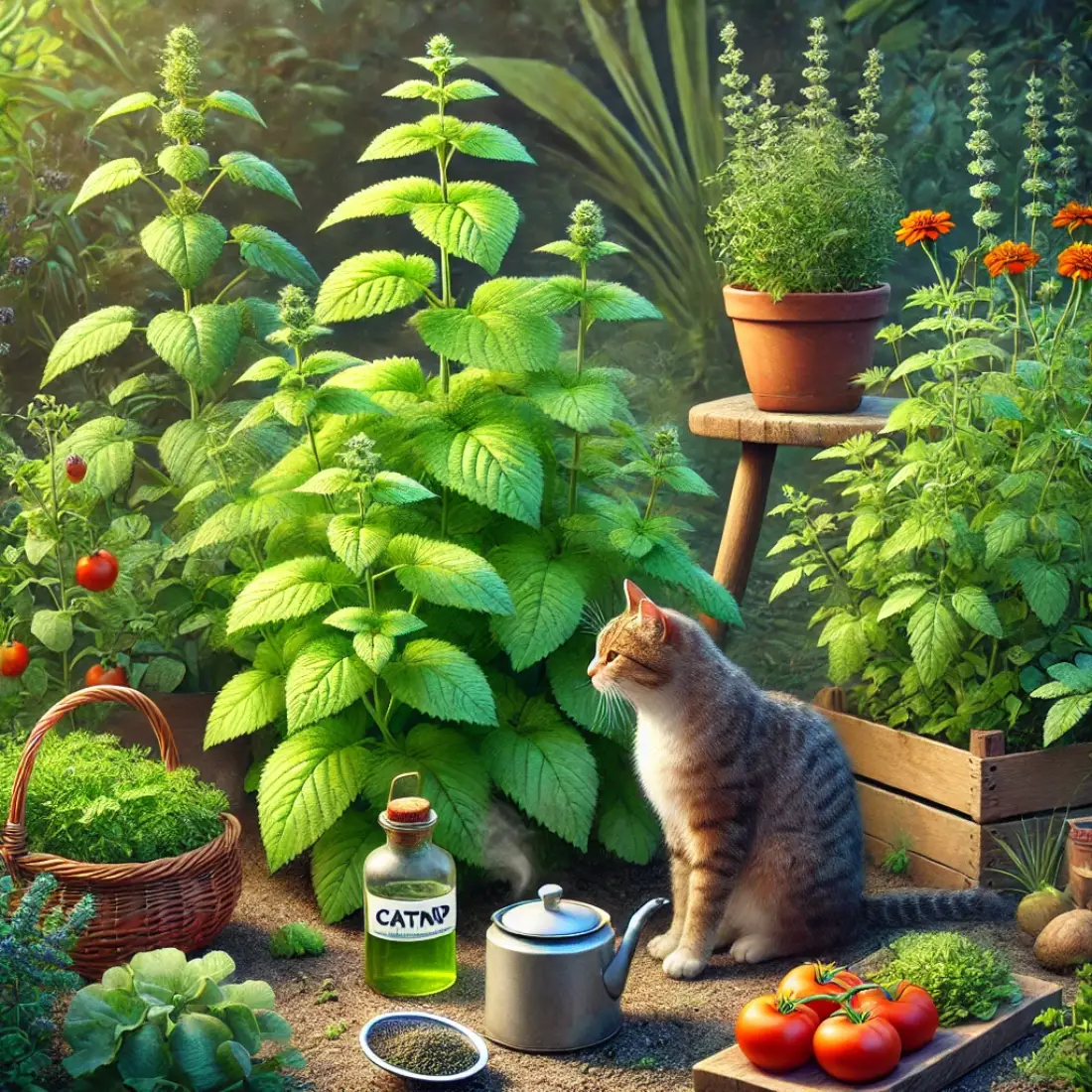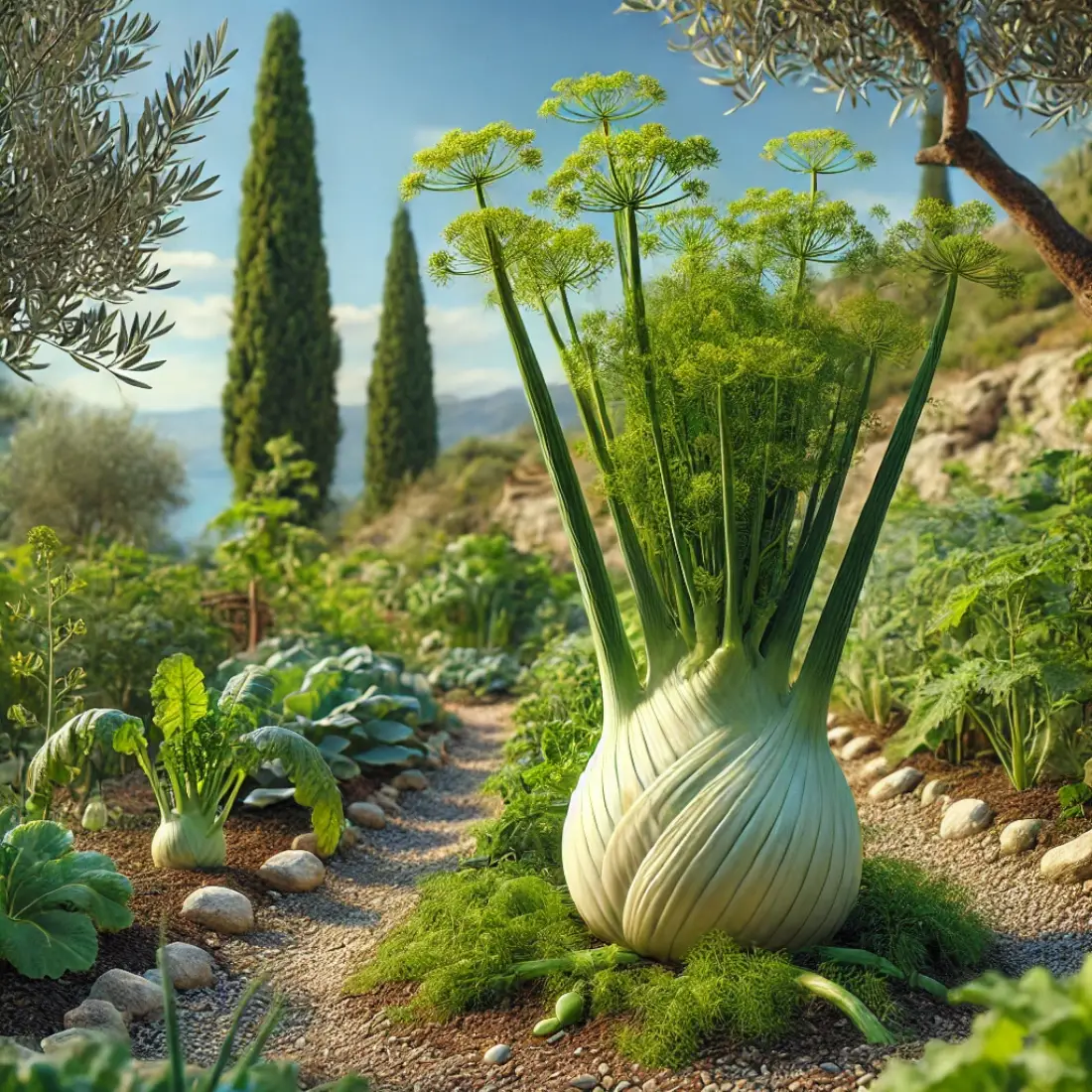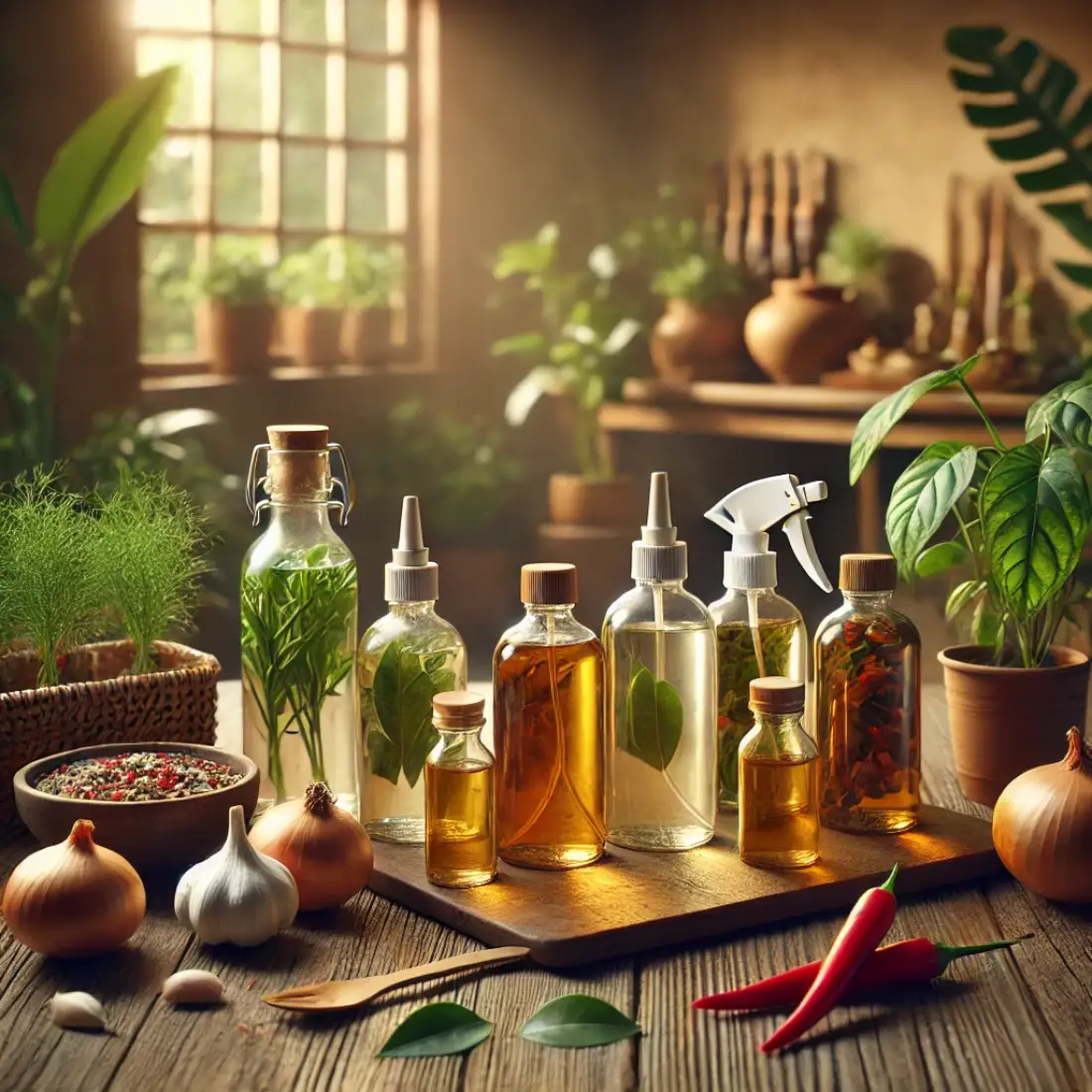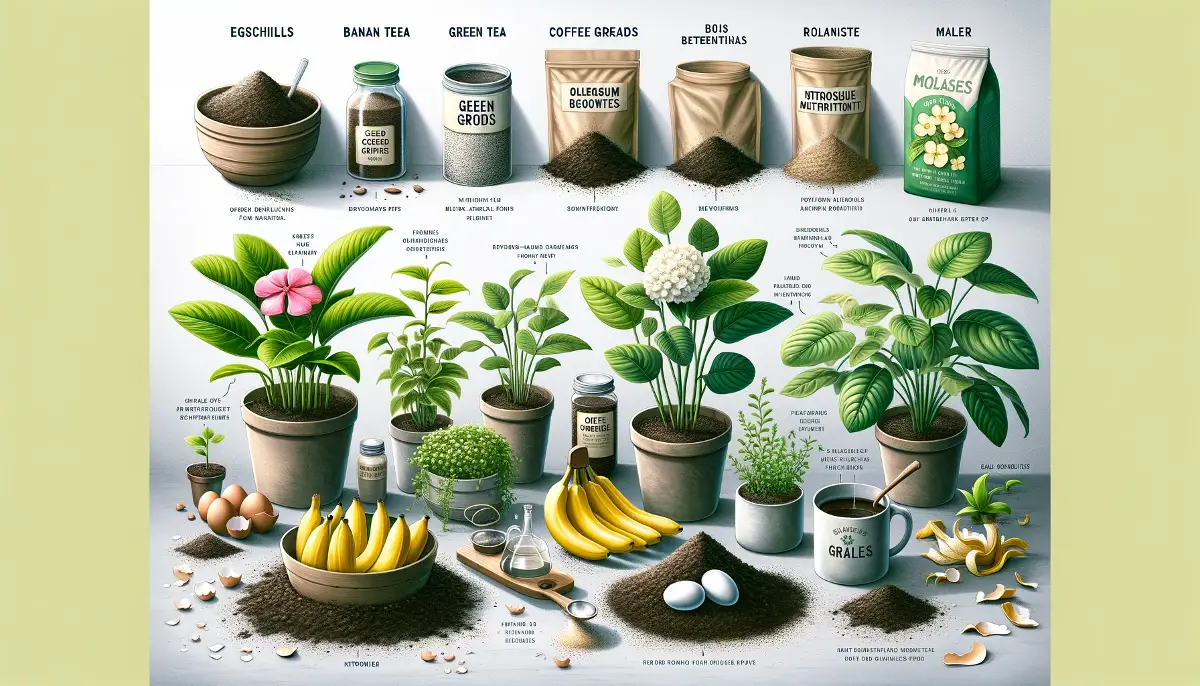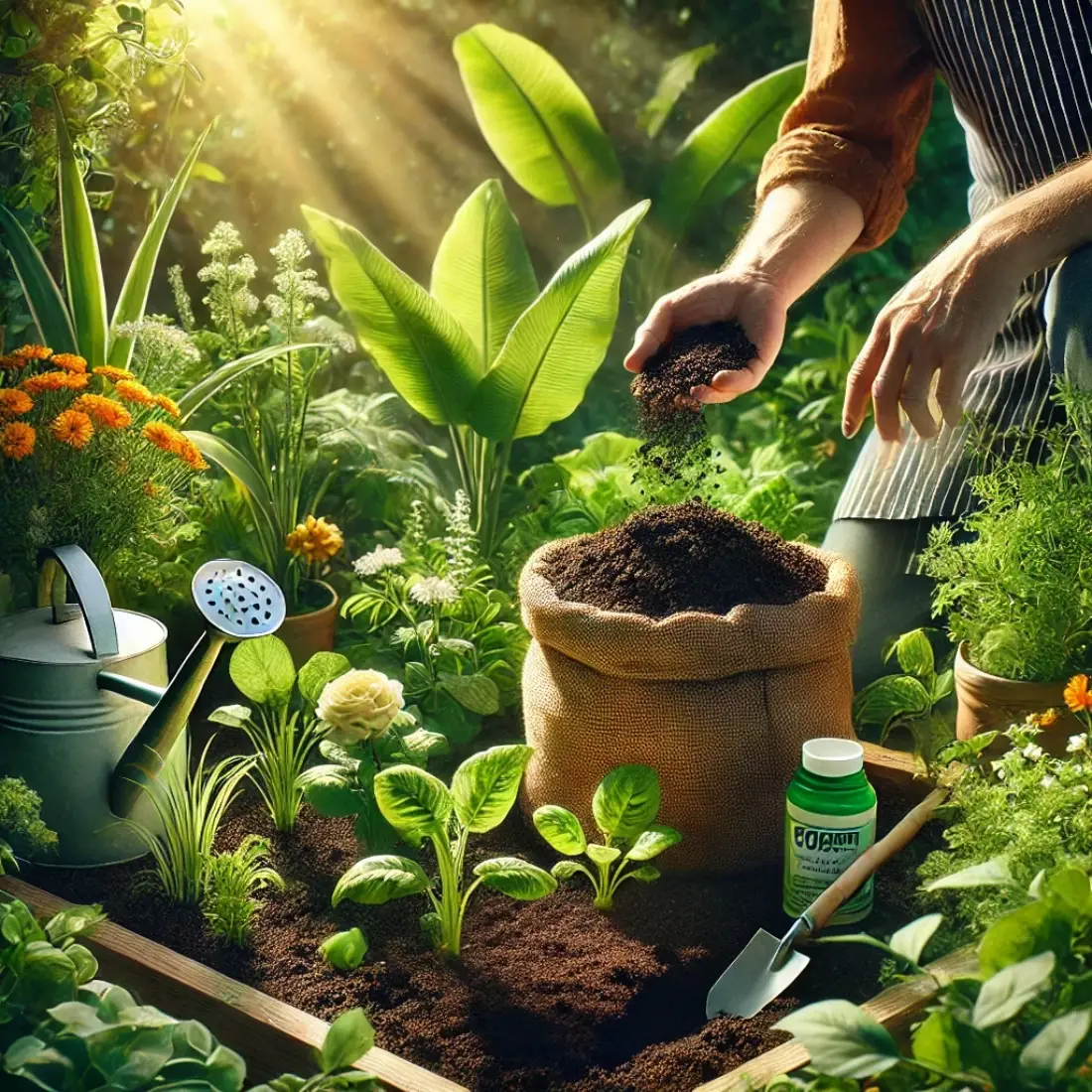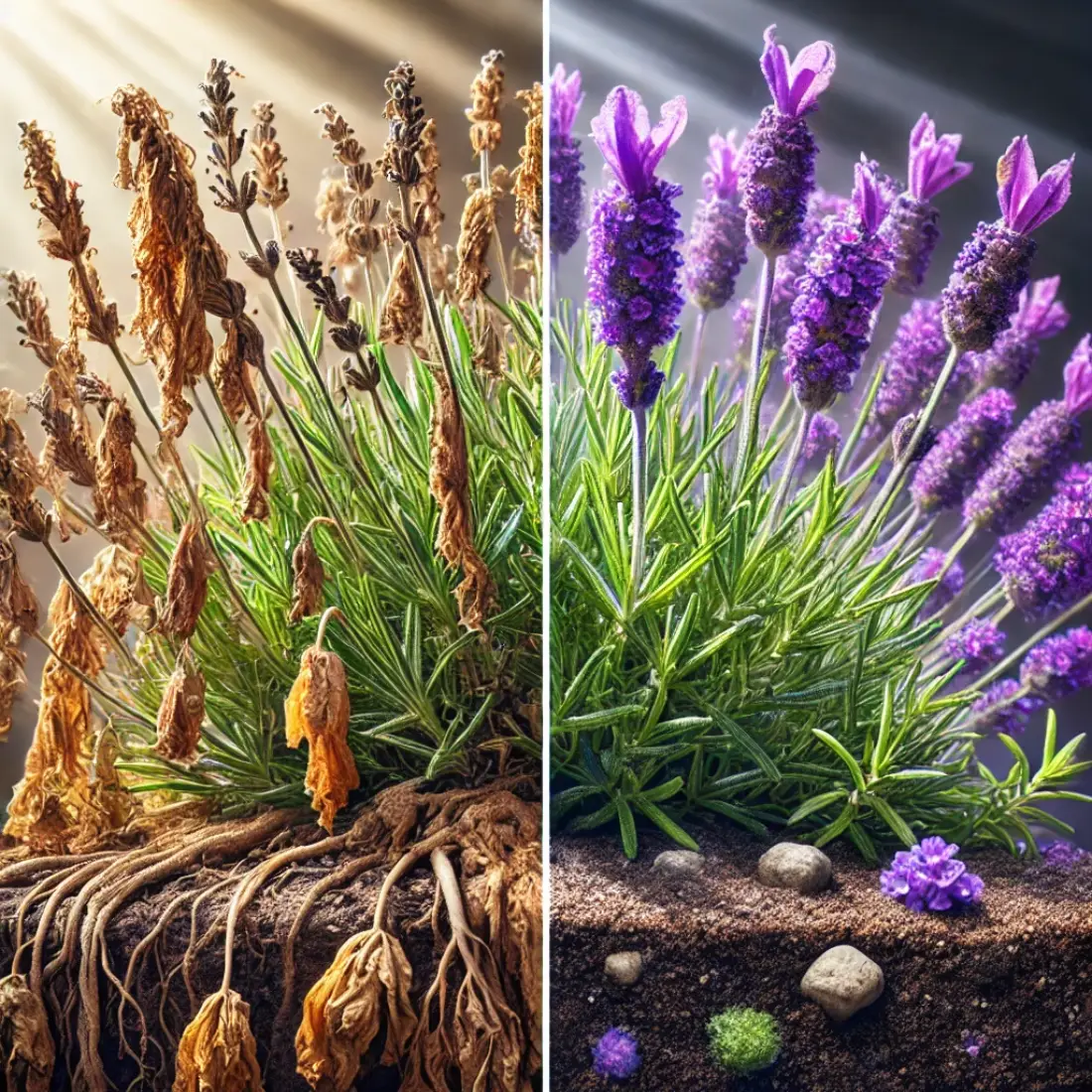Aphids are a gardener’s worst nightmare.
These tiny, sap-sucking pests can wreak havoc on your plants, stunting their growth and spreading diseases.
But before you reach for chemical pesticides, consider a more natural solution—companion planting!
Certain plants have the power to repel aphids naturally, either by emitting strong scents that deter them or by attracting beneficial insects that feast on these pests.
- Marigolds, Nasturtiums, Garlic, Chives, Mint, Catnip, and Fennel naturally repel aphids.
- These plants either emit strong scents, act as trap crops, or attract beneficial insects that eat aphids.
- Companion planting improves your garden’s health and biodiversity while keeping pests at bay.
- These plants require minimal maintenance and provide additional benefits like pollinator attraction and culinary uses.
Comparison Table: Best Plants for Aphid Control
| Plant | Repels Aphids? | Attracts Predators? | Additional Benefits |
| Marigolds | ✅ Yes | ✅ Yes | Attracts pollinators |
| Nasturtiums | ❌ No (trap crop) | ✅ Yes | Edible flowers |
| Garlic | ✅ Yes | ❌ No | Improves soil health |
| Chives | ✅ Yes | ✅ Yes | Edible leaves and flowers |
| Mint | ✅ Yes | ✅ Yes | Deters other pests |
| Catnip | ✅ Yes | ✅ Yes | Repels mosquitoes |
| Fennel | ❌ No | ✅ Yes | Edible bulbs |
1. Marigolds: The Bright Aphid Repellent
Marigolds aren’t just pretty—they’re a powerhouse in pest control!
Why Marigolds Work
- Their strong scent confuses and deters aphids.
- They attract ladybugs and lacewings, which eat aphids.
- They release thiophenes, natural chemicals that repel many insects.
Extra Benefits
- Boost soil health by deterring nematodes.
- Low maintenance and thrive in most climates.
- Bright colors attract pollinators like bees and butterflies.
Planting Tips
- Plant them around vegetables like tomatoes, beans, and potatoes.
- Space them 6-12 inches apart for maximum effect.
- Water regularly but don’t overwater—they dislike soggy soil.
2. Nasturtiums: The Trap Crop
If you can’t beat aphids, trick them! Nasturtiums attract aphids away from your prized plants.
Why Nasturtiums Work
- They act as a “sacrificial plant,” luring aphids away from crops.
- Their peppery scent deters other pests, including whiteflies and squash bugs.
- They attract beneficial insects like hoverflies, which eat aphids.
Extra Benefits
- Edible flowers and leaves—great for salads!
- Attract pollinators like bees.
- Fast-growing and low maintenance.
Planting Tips
- Plant near roses, tomatoes, and cucumbers to protect them from aphids.
- Let them sprawl as ground cover or train them to climb.
- Deadhead old flowers to encourage new blooms.
3. Garlic: The Pungent Protector
Garlic is more than a kitchen staple—it’s a garden warrior!
Why Garlic Works
- Its strong sulfuric scent repels aphids and other pests.
- It contains allicin, a natural antifungal and antibacterial compound.
- It deters other pests, including spider mites and Japanese beetles.
Extra Benefits
- Improves soil health by repelling nematodes.
- Companion planting powerhouse—helps roses, tomatoes, and fruit trees.
- Easy to grow—plant once and enjoy year after year!
Planting Tips
- Interplant with roses, lettuce, and fruit trees to deter aphids.
- Plant cloves 2 inches deep, 6 inches apart.
- Harvest when leaves turn yellow for the best flavor.
4. Chives: The Versatile Herb
Chives aren’t just delicious—they’re aphid-repelling champions!
Why Chives Work
- Their onion-like aroma confuses aphids and keeps them away.
- They release sulfur compounds that naturally deter pests.
- Their purple flowers attract pollinators and beneficial insects.
Extra Benefits
- Edible leaves and flowers—great for salads and garnishes.
- Perennial plant—comes back year after year.
- Improves soil quality and prevents erosion.
Planting Tips
- Plant near carrots, tomatoes, and lettuce to deter aphids.
- Grow in containers or directly in the garden.
- Snip leaves regularly to encourage bushy growth.
5. Mint: The Fragrant Deterrent
Mint is a natural insect repellent, low-maintenance, and multipurpose!
Why Mint Works
- Its strong menthol scent confuses aphids and repels them.
- It deters ants, cabbage moths, and mosquitoes.
- It attracts beneficial insects like predatory wasps.
Extra Benefits
- Edible leaves—use them in teas and desserts!
- Fast-growing and hardy.
- Repels rodents and other pests.
Planting Tips
- Grow in containers to prevent it from taking over your garden.
- Place near cabbage, broccoli, and tomatoes for maximum protection.
- Cut back regularly to prevent excessive spreading.
6. Catnip: The Dual-Purpose Plant
Catnip isn’t just for cats—it’s a natural aphid repellent!
Why Catnip Works
- It contains nepetalactone, a compound that repels aphids.
- It deters mosquitoes, ants, and cockroaches.
- It attracts beneficial insects that eat aphids.
Extra Benefits
- Great for cats—doubles as a fun treat!
- Easy to grow and drought-resistant.
- Beautiful lavender flowers attract pollinators.
Planting Tips
- Plant near beans, squash, and potatoes to deter aphids.
- Keep in check—can be invasive if not controlled.
- Dry leaves for homemade cat treats.
7. Fennel: The Beneficial Attractor
Fennel doesn’t repel aphids—it attracts their predators!
Why Fennel Works
- It draws in ladybugs, lacewings, and hoverflies—aphid-eating heroes!
- It acts as a natural biodiversity booster.
- Its strong anise scent confuses aphids.
Extra Benefits
- Edible bulbs and leaves—great for cooking.
- Improves soil health.
- Low maintenance and drought-tolerant.
Planting Tips
- Grow in a dedicated area—it can inhibit the growth of other plants.
- Plant near dill, parsley, and carrots.
- Harvest seeds for culinary and medicinal use.
FAQs: 7 Best Plants for Keeping Aphids Away
1. How do these plants repel aphids?
Most of these plants emit strong scents or contain natural compounds that aphids dislike. Others, like fennel and nasturtiums, attract beneficial insects or act as trap crops to divert aphids away from your main plants.
2. Can I plant all these together?
Yes, but be mindful of plant compatibility. For example:
- Garlic and chives work well with tomatoes and roses.
- Mint should be in containers to prevent it from spreading aggressively.
- Fennel should be planted separately, as it can inhibit the growth of some plants.
3. Do these plants repel other pests too?
Yes! Many of these plants also deter mosquitoes, ants, caterpillars, and beetles. Garlic, mint, and catnip are particularly good at repelling multiple pests.
4. How soon will I see results after planting?
Results vary, but you may notice a reduction in aphids within a few weeks. If you’re attracting beneficial insects, it might take a little longer for predator populations to establish.
5. Are these plants safe for pets?
Mint, chives, and garlic can be toxic to pets if consumed in large quantities.
Catnip is safe for cats but may attract them to your garden!

